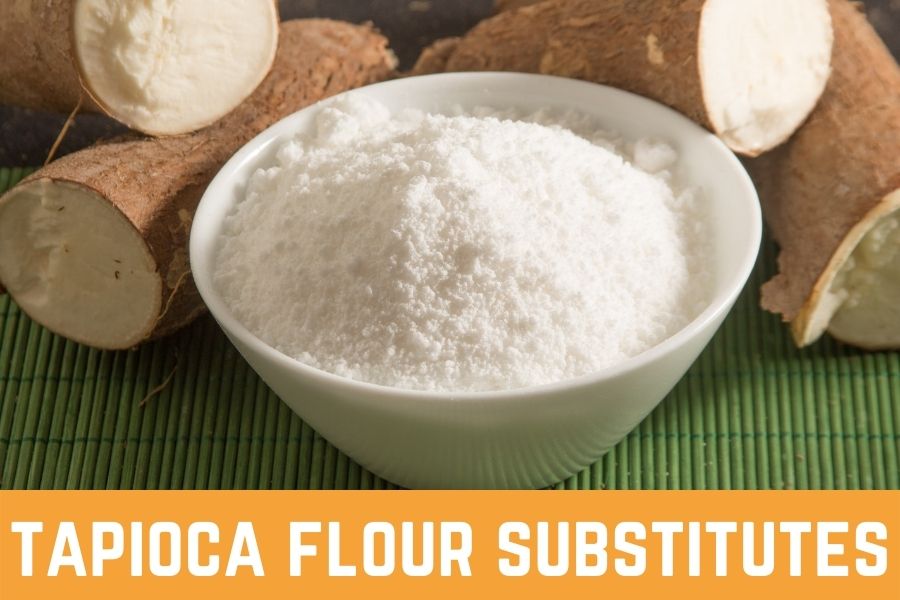Tapioca flour is surprisingly used in many dishes.
However, there are times when you don’t have any in your house when you want to use it. It’s not always easy to find.
Oh no! I don’t have any tapioca flour. What should I do?
So this time, I’ll introduce you to some useful “substitutes for tapioca flour” that you can use when you’re in trouble, so please take a look at them!
Characteristics of tapioca flour and tips on choosing a substitute
Tapioca flour is a starch made from the rhizome of the cassava yam, a tropical food in the Euphorbiaceae family.
There are two types of cassava yams, bitter and sweet, but it is the sweet variety that is used for tapioca flour.
When purchasing tapioca flour, there are two types available: powdered (tapioca flour) and pearlized.
Characteristics and properties of tapioca flour
- Tapioca flour has a unique stickiness and chewiness.
- Tapioca flour can be used as a thickening agent in cooking and as a binder (it can also be used as a substitute for wheat flour and potato starch).
- Tapioca flour is gluten-free, so it can be used for weight loss, and it can also be used by people who are allergic to wheat flour.
- Tapioca flour does not become too hard or soggy when cooked and cooled.
- Tapioca flour can be used as a substitute for tapioca flour.
The key to finding a substitute for tapioca flour is to make sure that the substitute also has the properties and characteristics of tapioca flour.
The trick is to know the ingredients, characteristics, and properties of the substitute and use something similar as a substitute.
8 recommended substitutes for tapioca flour
If you don’t have tapioca flour, you can use the following kitchen items as substitutes.
If you don’t have tapioca flour, the following items in your kitchen can serve as substitutes. I’ll show you what characteristics and properties make each of them a good substitute for tapioca flour, and how they can be used!
Substitute for tapioca flour 1: Wheat flour (grain flour made by grinding wheat)
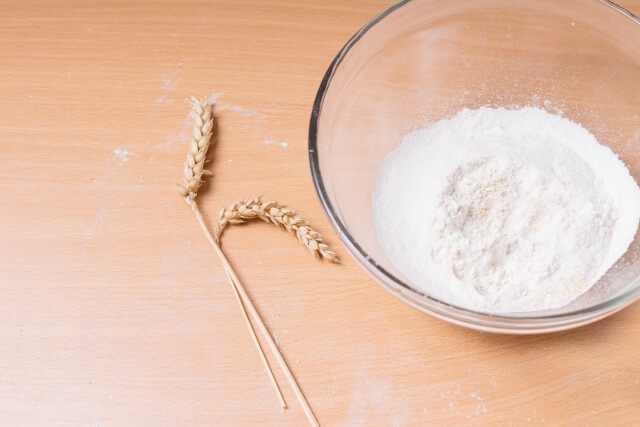
It can be used for just about anything, but the main difference between it and tapioca flour is that it cannot be used for wheat flour allergies.
In that case, you can use Kamishin flour or rice flour instead.
Not only can the flour be used on its own, but it can also be mixed with other types of flour (substitutes) to change its consistency and fluffiness.
If you want to loosen the properties of other types of flour, you can mix it with wheat flour to get the desired texture.
It can be used as a substitute for tapioca flour in a wide range of applications, such as making bread, noodles, muffins, and doughnuts.
Substitute for tapioca flour 2: Kamishin flour (rice flour)
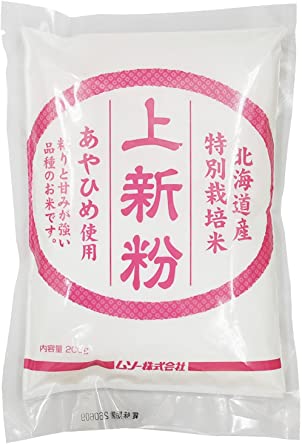
Uruchi rice is the raw material for rice flour. It has a chewy texture, flavor, and texture.
Applications
It can be used as a substitute for tapioca flour in making Japanese sweets.
Substitute for tapioca flour 3: White egg powder (rice flour)
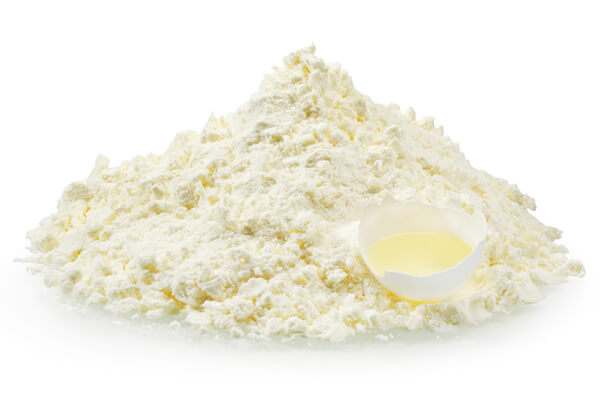
White egg powder is a rice flour made from glutinous rice.
It has a smooth texture and is very stretchy.
It is recommended as a substitute for tapioca flour in making rice cakes and dumplings.
Substitute for tapioca flour 4: Potato starch
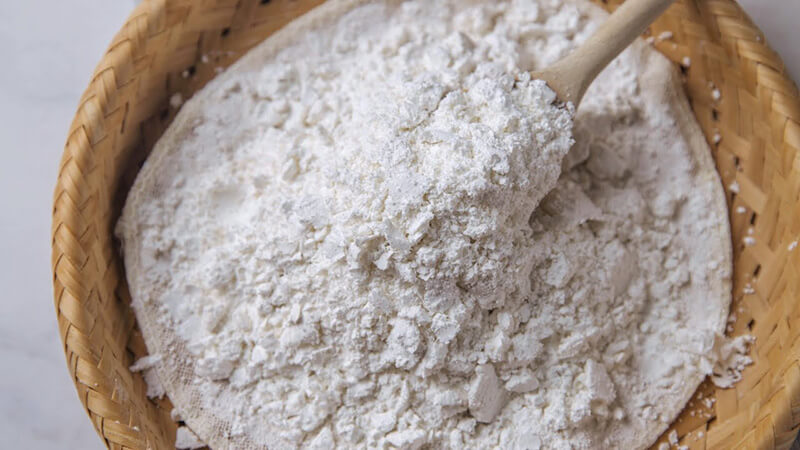
Potato starch, like tapioca flour, is made of starch.
Most of the potato starch used in daily life is made from potato starch (it is also inexpensive).
When potato starch is heated with water, it starts to become thick even at a low temperature and reaches its highest strength at about 80 degrees Celsius.
However, it has a weakness in that it does not retain its tonicity when the temperature drops, so it is better to add cornstarch, which is also a starch.
Potato starch is characterized by its smooth tanginess.
It is often used for thickening. It can be used as a substitute when making elastic dumplings.
Substitute for tapioca flour 5: Rice flour (mochi rice)
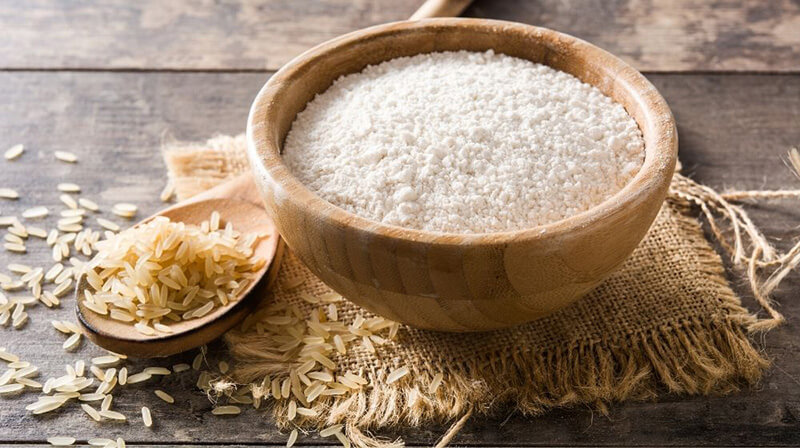
Rice flour tends to harden over time due to its high water content.
Even the right amount of water can make it elastic and hard like “Uiro”, so be careful! Rice flour is similar to tapioca flour in terms of chewiness, so it is a good substitute.
Use it as a substitute for tapioca flour when you want to bake chewy bread.
It can also be used as a substitute for those who are allergic to wheat flour. You can also use it as a substitute for wheat flour if you are allergic to wheat flour. 100% rice flour does not puff up well, so try adding a little cornstarch.
If the dough becomes hard after it cools down, you can warm it up in a toaster to make it firmer.
Substitute for tapioca flour 6: bracken flour (starch from bracken roots)
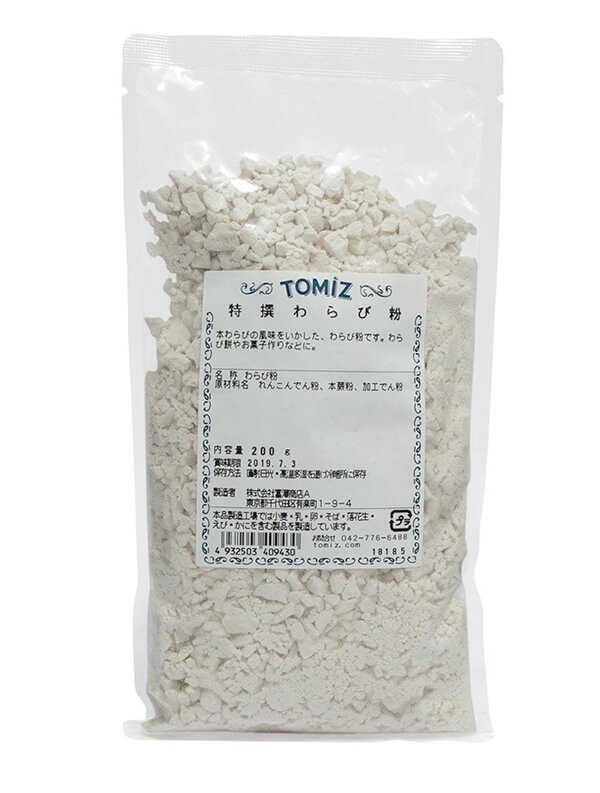
The bracken flour used here is real bracken flour.
It is made by drying the starch of the bracken root.
When it is put in water and heated, it becomes quite elastic and has the property of turning black. Its tenacity exceeds that of tapioca flour.
In baking, it is often used as a substitute for tapioca flour when elasticity is needed.
The result is a more elastic texture than kudzu flour. As the name suggests, it is recommended for making “warabi mochi.
The strawberry rice cake that you usually eat is made with potato starch, kansho starch, tapioca flour, etc. You can see the difference in elasticity when you compare it to the strawberry rice cake made with real strawberry flour.
Substitute for tapioca flour 7: Kuzu starch (starch from canned cranes)
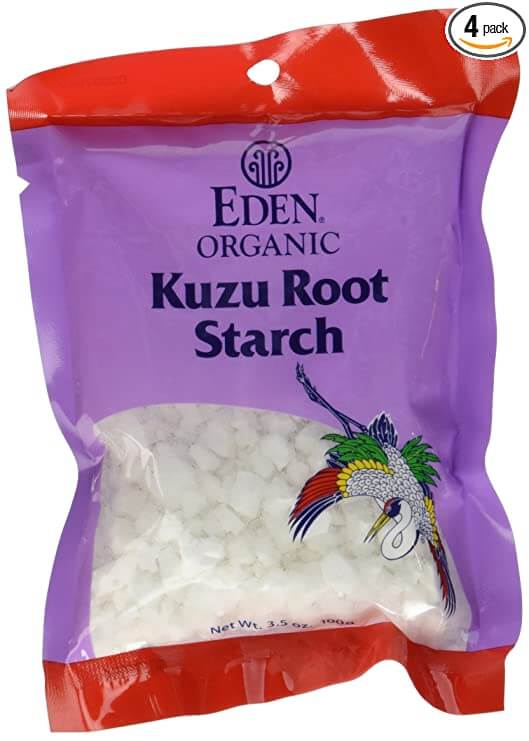
This is also called “Honkatsu” kudzu starch.
When heated to about 55 degrees Celsius, it has the best stickiness and consistency. After this temperature, the consistency becomes weaker.
Kuzu flour can be used as a substitute for tapioca flour to make kuzu rice cakes with a smooth texture and firmness.
It can also be used as a substitute for tapioca flour.
Substitute for tapioca flour 8: corn starch
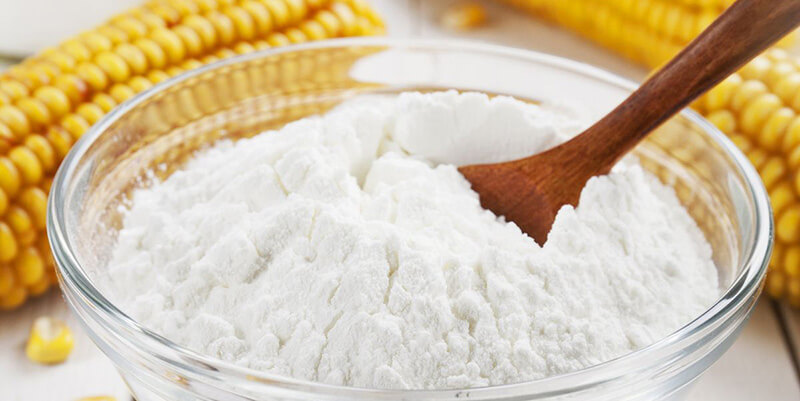
Cornstarch is similar to tapioca flour in that it does not harden or become soggy even when cooled.
Like potato starch, cornstarch is used for thickening (used in Chinese cooking).
The difference between tapioca flour and potato starch is that tapioca flour does not loosen up as it cools. It also creates a crispy texture.
When used as a batter for fried foods such as karaage, it is recommended as it has a light texture and sticks thinly as a smooth batter.
It can also be used to thicken things like potato starch, but while potato starch is good for thickening things like starchy sauce, cornstarch is good for thickening things that need to be chilled, such as cream puffs.
I recommend that you make good use of the characteristics and properties of substitutes as described above and substitute the one that is most suitable for the dish.
Here are some popular recipes that use substitutes
1) Making “Tapioca Pearls” by substituting potato starch and white bean flour
Things to prepare
- 100g potato starch (white egg powder is also OK)
- 40g brown sugar
- 100cc water
Procedure
- Put water and brown sugar in a pot and heat until it boils.
- When it comes to a boil, turn off the heat and mix in the white egg powder or potato starch. Be careful not to get lumps.
- Roll the mixture into small balls.
- Put the mixture in the boiling water and boil it over low heat. (about 20 minutes after they start to float).
- Cool in water.
Add the finished tapioca pearls to the milk tea, and your tapioca milk tea is ready!
2) Make “Pon de Cagio” by substituting white egg powder, wheat flour, and rice flour.
What to prepare
- White egg flour (wheat flour or rice flour can also be used) 100g
- 50g cheese powder
- Milk 60-80g
- 1 egg
- 1 tsp oil
Procedure
- Put the white egg powder in a plastic bag and roll it around with a pestle to break up the egg powder.
- In a bowl, mix the white egg powder, cheese, oil, egg (beaten), and milk (it is best to divide the milk into three parts and add it while watching the consistency).
- Let rest in the refrigerator for 30 minutes.
- Roll out into a ball about the size of a ping pong ball.
- Bake in a preheated oven at 180 degrees for about 20 minutes. Bake for 20 minutes at 180 degrees. (You can also bake them in a toaster while watching them.)
If it is too soft when you add milk, you can add a little flour to adjust the consistency. White flour seems to be the best for this! If you want a firmer texture, try mixing in a little more potato starch.
Things to keep in mind when using tapioca flour
If you don’t have tapioca flour in the house, you can always use it. If you have tapioca flour in your house, or if you use tapioca flour frequently, check the following points.
If you eat too much tapioca, your body will get cold
Tapioca contains potassium, which has a diuretic effect on swelling, but if you eat too much of it, your body will expel heat along with urine, which will cool you down.
Be careful when drinking it with cold food.
Be careful not to eat too much! High in calories
Tapioca flour is originally a starch (carbohydrate) and is very high in calories.
It has 351 kcal per 100g, which is twice as much as rice.
When boiled, the calories dissolve in the water, and the calorie content drops to 62kcal per 100g.
If you eat it before a meal, you can prevent overeating because it contains water and swells up, but be careful to eat it in moderation.
Overeating can cause stomachache and constipation
Tapioca contains dietary fiber, so be careful not to drink too much. Tapioca contains dietary fiber, so be careful not to drink too much of it, as it can make your stomach loose and cause diarrhea.
Tapioca also contains carbohydrates, which can cause excessive calorie intake.
Because it is indigestible starch, it is not digested in the small intestine and can reach the large intestine, causing constipation.
Summary
- Tapioca flour is a starch made from the rhizome of the cassava plant.
- Tapioca flour has unique characteristics such as stickiness and chewiness and does not become hard and sticky even when cold.
- The following 8 substitutes for tapioca flour are recommended! [Potato starch, white bean flour, wheat flour, rice flour, Kamishin flour, bracken flour, kudzu flour, cornstarch
- Popular recipes using the substitutes:
- Making “Tapioca Pearls” using potato starch and white bean flour
- Making “Pon de cagejo” with white egg powder, wheat flour, and rice flour
- Be careful when using tapioca flour, as eating too much of it can make you sick.
- If you are having trouble finding tapioca flour, please try using the substitutes we have introduced.
- It seems that there are still many other substitutes that can be used to cover for each other.
